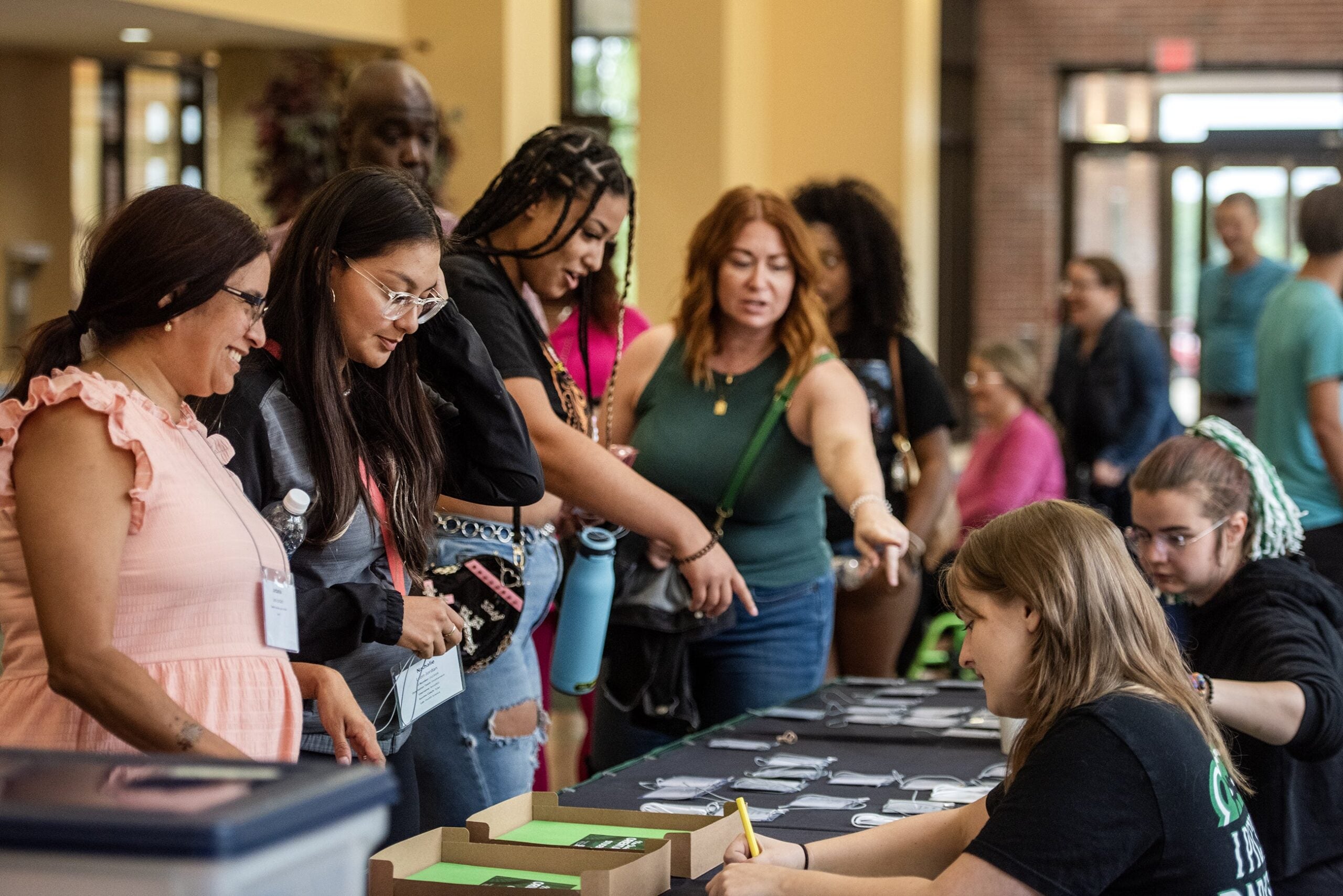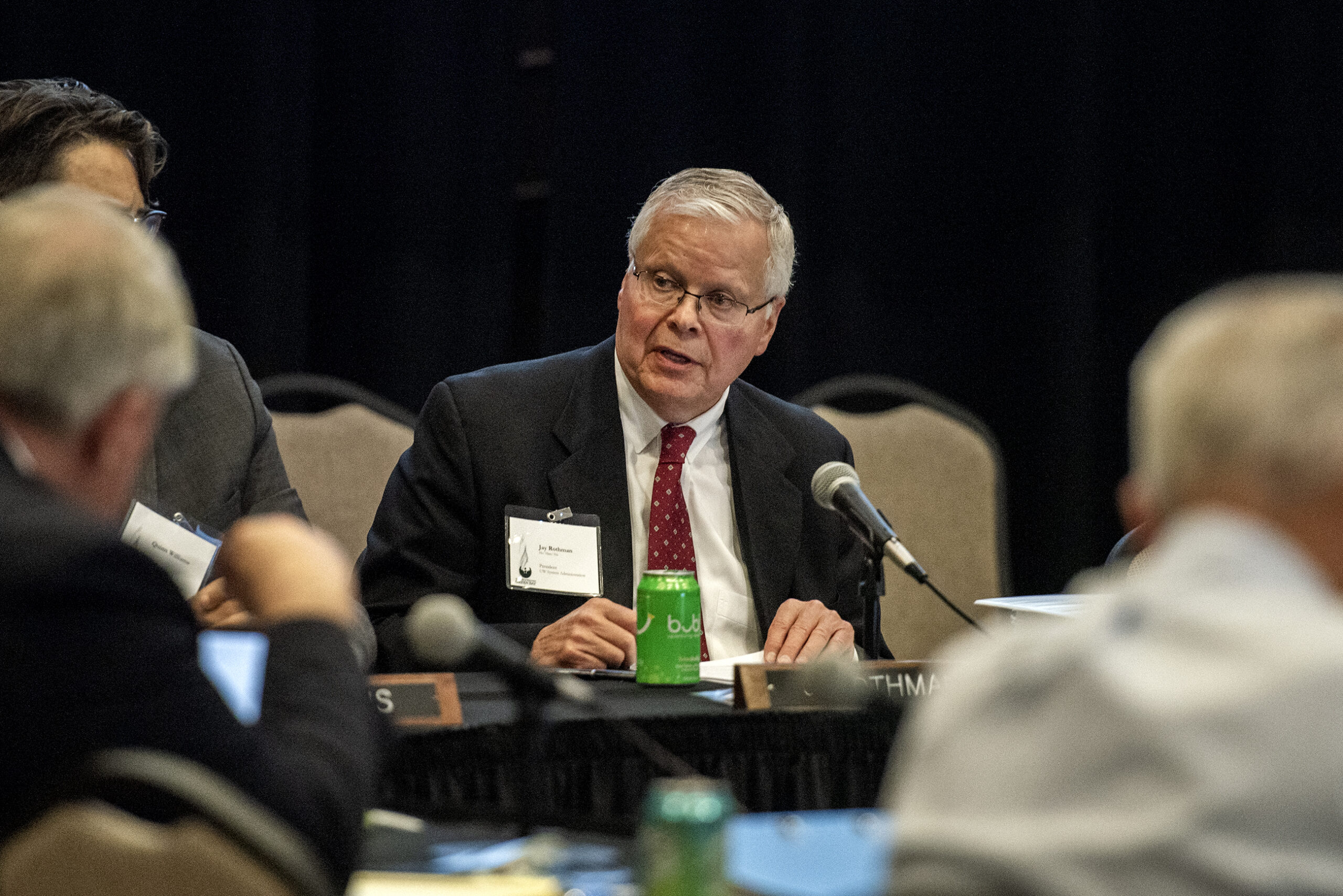Racine’s mayor has raised concerns about human trafficking with the new Foxconn plant, expected to be located next to the highway and create an influx of people. We talk about what’s being done to address those concerns. We also discuss the biotech industry’s lack of racial diversity, find out why life expectancy is dropping in the U.S., and take a closer look at the Golden Globes.
Featured in this Show
-
Racine Preparing For More Human Trafficking With Foxconn's Arrival
The Foxconn manufacturing plant coming to Racine County will bring an influx of workers and travel on the I-94 corridor. Racine officials fear a rise in human trafficking could follow. We talk with the city’s mayor and a member of the Racine County Human Trafficking Task Force about how they’re preparing.
-
Survey: Biotechnology Industry Lacking In Racial Diversity
Science fields across the country are facing increased scrutiny about their lack of racial diversity. According to a new paper in the journal Nature Biotech, the biotechnology industry — made up of companies trying to take breakthrough science and turn it into a product — is not immune to the challenges of attracting and retaining a diverse workforce.
Brady Hugget, business editor at Nature Biotech, called the striking lack of diversity one of biotech’s open secrets.
“Everybody who works in the industry sort of understands that it skews white and male, and that’s, that has been since the beginning into, really, started in the late 1980s,” he said.
As of July 2016, 61.3 percent of the United States population identified as non-Hispanic white. Nearly 18 percent identified as Hispanic or Latino, 13.3 percent identified as African-American and 5.7 percent identified as Asian, according to the U.S. Census Bureau.
Hugget wrote in his piece about this issue that in “a more balanced world, the ethnic representation in the biotech workforce would loosely mirror these numbers for the general population.”
Hugget said that while the overall workforce of the biotech industry mimics nationwide population numbers, when it comes to representation in management, white males are overrepresented. Asians in the biotech industry are also overrepresented in comparison to their population numbers on a nationwide scale. Meanwhile, African-Americans and Latinos are “vastly underrepresented,” along with American Indians, Alaska natives, native Hawaiians and other Pacific Islanders. This information came from a survey of 54 biotech companies.
Causes for this, Hugget said, include a nonracially diverse pipeline from academic centers around the country.
“There’s more white and Asians than there are … African-Americans, Latinos, and you know, Native Americans, etc.,” Huggett added. “So that’s a bit of the problem because you need that education if you’re going to move towards this field.”
Hugget suggests that one of the reasons behind the thin pipeline is tied to a lack of role models and mentors.
Hugget said, if a person grows up with parents in a science field, they’ll be more inclined to picture themselves in that same career. But for communities lacking those role models, it’s harder for children to imagine that those professions are possible for them.
Another limiting factor for racial diversity in the biotech industry is something Hugget describes as the “stereotype threat” — or the idea that when a person is placed in a situation where they might be negatively stereotyped, they’ll perform down to that stereotype.
These factors all play a role in limiting the possibility for scientific innovation Hugget explains.
“If you have a problem, a really difficult problem that you’re trying to solve, and you and I tackle it, and we have the exact same background and the exact same information and exact same education, our chances of solving it are not going to be as high as if you, me, and three or four other people whose backgrounds are completely different from mine and yours help us tackle it, alright? So the concept is that diversity drives innovation in this industry, which is trying really hard to solve difficult problems. I mean, we’ve been trying to solve cancer since the invention of medicine and failing at it. You need a diverse mindset to help do that.”
Creating an increasingly diverse biotechnology industry won’t be easy, Hugget said. Adding that if it were easy, it would have been fixed a long time ago.
The article, while not a solution to the problem outright, aims to get the industry to do a better job of tracking its diversity.
“If you do not understand what the industry looks like, you can’t mark progress, so that’s what the survey was about … now, we can do it again and again, year after year, and make the survey more comprehensive, so that you really understand what the industry looks and you can begin to see if we’re progressing the right ways or not.”
As for solving the problem, one option is for the industry to self-report, which happens in the technology industry. Another option is that when hiring, people need to look outside the box, or more specifically, the networks.
“People tend to have networks that look a lot like them,” Hugget said. “Whites often have white networks, Asians often have Asian networks, and when you’re looking to hire, sometimes you just reach out into those networks … but if you want to hire and add diversity, you need to get out of your own white network.”
-
Lack Of Racial Diversity In Biotechnology
On stage at June’s ceremony for The International BioGENEius challenge, 15 finalists stood representing the biotech industry’s bright and young talent. Over half were female and 80% were Asian or Indian. The audience, on the other hand, was largely white and male. Our guest spent ten months interviewing and surveying biotech industry employees and joins us to talk about what he’s found.
-
Why Is U.S. Life Expectancy Dropping?
A recent government report showed that in 2015 and 2016, the average American lifespan got shorter. The report is alarming for researchers who say the last time the U.S. saw a two-year life expectancy drop was in the 1960s. A researcher tells us what is behind the trend.
Episode Credits
- Rob Ferrett Host
- Dean Knetter Producer
- Natalie Guyette Producer
- Chris Malina Producer
- Haleema Shah Producer
- Cory Mason Guest
- Karri Hemming Guest
- Brady Huggett Guest
- Dr. Bob Anderson Guest
Wisconsin Public Radio, © Copyright 2024, Board of Regents of the University of Wisconsin System and Wisconsin Educational Communications Board.


